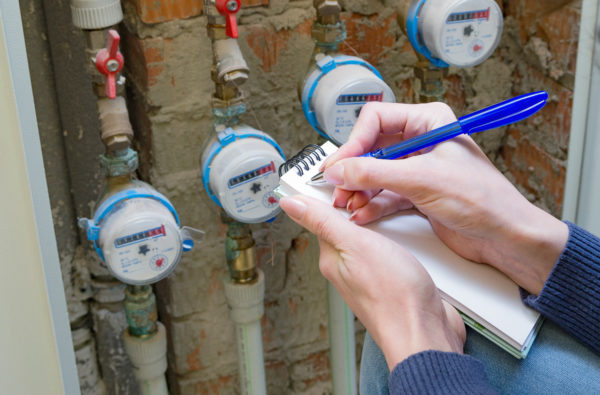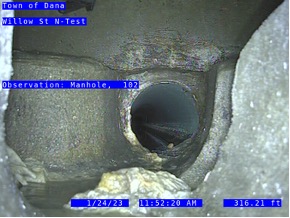Are Your Utilities Prepared for the Upcoming Winter?

There are four seasons winter, spring, summer, and fall. Some places may not experience them all, but we need to prepare for it all, as the last few years have taught us. For those lucky enough to see the leaves change from green to bright orange and deep reds, then drop to the ground to racked into piles for fun or so the grass doesn’t die. It is the sign that fall has come and winter will soon arrive.
Is your water or wastewater system prepared for winter storms, freezing temperatures, heavy snowfall, and the dangerous ice they can bring?
According to Environmental Protection Agency’s (EPA’s) Incident Action Checklist – Extreme Cold and Winter Storms (2015)1, cold weather can impact operations and cause problems. The effects of the cold weather may have a costly and lasting impact on utilities that may include, but are not limited to:
- Broken pipes throughout the distribution system
- Loss of power and communication lines
- Limited access to facilities due to icy roads or debris
- Reduced workforce due to unsafe travel conditions
- Source water quality impacts due to increased amount of road salt in stormwater runoff
- Potential flooding risk due to snowpack melt and ice jams
- Potential surface water supply challenges as ice and frozen slush can black valves and restrict intakes
Now is the time that utilities should think about the resilience of their systems. EPA’s Incident Action Checklist – Extreme Cold and Winter Storms, lists ways utilities can prepare for, respond to and recover from the cold and winter storms.
Planning for extreme cold and winter storms can be as easy as monitoring for inclement weather. Being prepared for inclement weather can give utilities the time to gather extra equipment and supplies such as motors, chemicals, batteries, generators and fuel. It also gives them time to review and update the Emergency Response Plan (ERP). Double-check that the contact numbers are current for emergency response partners, such as the local Emergency Management Agency (EMA), Water/Wastewater Agency Response Network (WARN), and other mutual aid agencies. Taking the time to prepare also ensures that utilities can schedule and assign duties to personnel as needed. Another helpful hint is to make sure that emergency funds are set aside, in advance, just in case they are needed later. Do not wait until an emergency happens and there are not enough funds to take care of the issue.
Responding to extreme cold and winter storms begins by conducting a damage assessment of the utility and service area as soon as possible. The system should inspect the facility components for damage, such as leaks and line breaks. The service area should be checked for downed power lines and power outages. Contact your local EMA and state regulatory/primacy agency as soon as possible if your water quality or quantity is affected. Customers should also be notified immediately of any boil water notices or service disruptions.
Recovering from extreme cold and winter storms includes completing any repairs to return the utility to normal service, if necessary. Damage assessments should be reviewed to identify the effectiveness of storm preparation. Make a checklist of the following questions and jot down the answers to help with the process.
- What worked and what didn’t work?
- What needs to be improved?
- Were there enough funds set aside?
- Do you need to apply for state and/or federal funding?
- Review the ERP and identify measures that can prevent damage in the future
These are just a few ways that a utility can prepare for, respond to and recover from extreme cold and winter storms. EPA’s Incident Action Checklist – Extreme Cold and Winter Storms goes into detail. It provides links to other good articles to have handy at this time of the year.
Take time to visit EPA’s website at https://www.epa.gov/system/files/documents/2021-10/incident-action-checklist-extremecold_508c-final.pdf to find out if your utility is ready for the winter.
1 Environmental Protection Agency. (2015, January). Incident Action Checklist – Extreme Cold and Winter Storms. EPA. Retrieved November 8, 2021, from https://www.epa.gov/.
Photograph Credit: © Evgen / Adobe Stock

